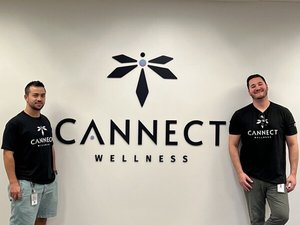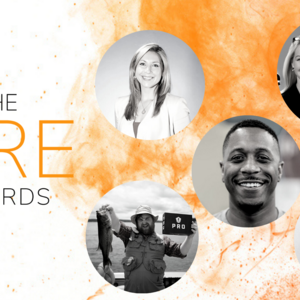
When our team first heard about the Aspen Institute’s International MBA Case Competition from the Kellogg Public-Private Interface (KPPI) team we knew it would pose a unique set of challenges that we hadn’t previously experienced as MBA students at Kellogg School of Management. We were excited to take our learnings from the classroom out into the real world by innovating on a problem that would positively impact communities in need. But we were also excited by the “raw” case format and IBM’s constraints for the competition.
Winning first place was an incredible vote of confidence for our team’s hard work, and we feel confident that the strategies we learned will translate into other challenges we encounter both in and out of the classroom.
Setting the stage: Background on the competition
Exciting problem: The Aspen Institute partnered with Yale University and IBM to develop this year’s assignment. As IBM prepares to celebrate the tenth anniversary of the Corporate Service Corps (CSC), the world’s largest international pro bono consulting program, their corporate citizenship team was tasked with evaluating a devilishly simple question: how could they improve the corporate service corps program to increase impact on local communities?
Raw case format: The raw case format was fascinating because rather than trying to boil down a complex situation into a single narrative with one decision variable, the case provided us with a wealth of information about the CSC program, including video interviews, links to partner programs, news reports, and IBM internal documents. It was more information than any one person could understand and act on; rather, it was meant to emphasize the importance of small group collaboration and sifting through huge volumes of data to find what was truly valuable. In short, it was an accurate reflection of a real-world business problem, where the most challenging issue wasn’t just getting the right answer, it was figuring out which problem to solve in the first place.
Real world constraints: This idea was also reflected in two of our other major challenges. In Round One of the competition, we had a 72-hour window from start-to-finish to read the case, frame the problem, devise a solution, and present our results. Additionally, IBM required that our recommendations not lead to IBM expending more resources in terms of money or employee time than it does currently. Rarely does an innovation opportunity come with a billion dollars and months of lead time; often, the best and most cogent ideas don’t require a year or a blank check to create.
What we learned: Strategies for innovation in a resource constrained environment
To accomplish IBM’s goal of achieving greater impact in local communities but with limited time, money, and visibility into the program, we developed several key approaches.
The first was a human-centered approach to problem framing. This meant interviewing CSC program participants, participants in other pro bono consulting programs, and the community development organizations themselves to understand how the CSC impacted real people. What worked well in the current program, but where there were pain points and opportunities for improvement?
The second was thinking about the skills, experiences, and expertise each stakeholder brought to the table. The CSC worked with several different stakeholders, including NGO development partners in-country, individual IBMers selected to participate, and the host organizations and communities that were the ultimate end beneficiaries. How could we better utilize the existing expertise of program participations and enhance their collaboration?
Often, the best and most cogent ideas don’t require a year or a blank check to create.
Third, we borrowed a framework from the innovation cannon to help IBM better evaluate potential consulting projects. Under the Real-Win-Worth It assessment, we asked: will the project solve a real social problem (is it real?), be well aligned to IBM’s competencies (can we win?), and help build IBM’s brand (is it worth it)?
Finally, we wanted to ensure that our solution was sufficiently comprehensive to meaningfully improve the program, but not so complex that it required a manual. As we discussed and iterated our solution, we asked ourselves – could we explain our ideas to a group of 8th graders?
Together, these lessons helped us develop our concept – a redesigned Corporate Service Corps that better leverages stakeholder expertise through enhanced opportunities for collaboration, with the goal of building long-term capacity in host organizations to positively impact communities long after an IBM CSC team departs. Going forward, we know that as long as we have 72 hours, we can take these lessons with us to develop sophisticated solutions to complex business problems in a very constrained environment!
Jay Parikh and Dana Weinstein are both first year students in MMM, a two-year dual-degree program that provides an MBA from Kellogg and MS in Design Innovation from the Segal Design Institute.








